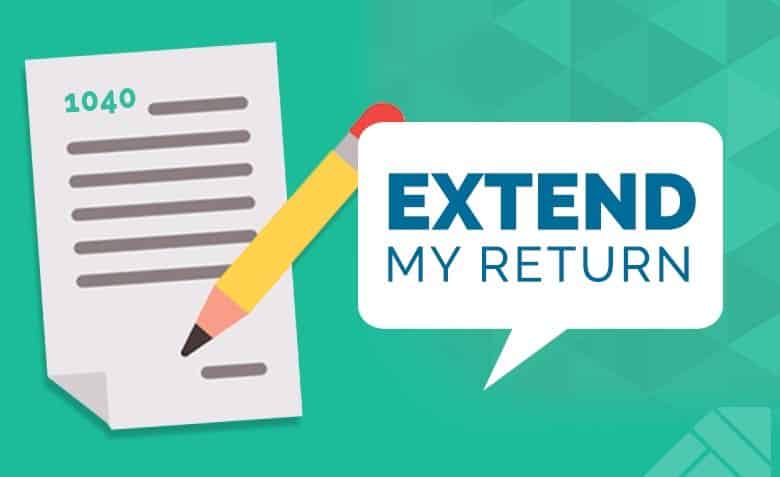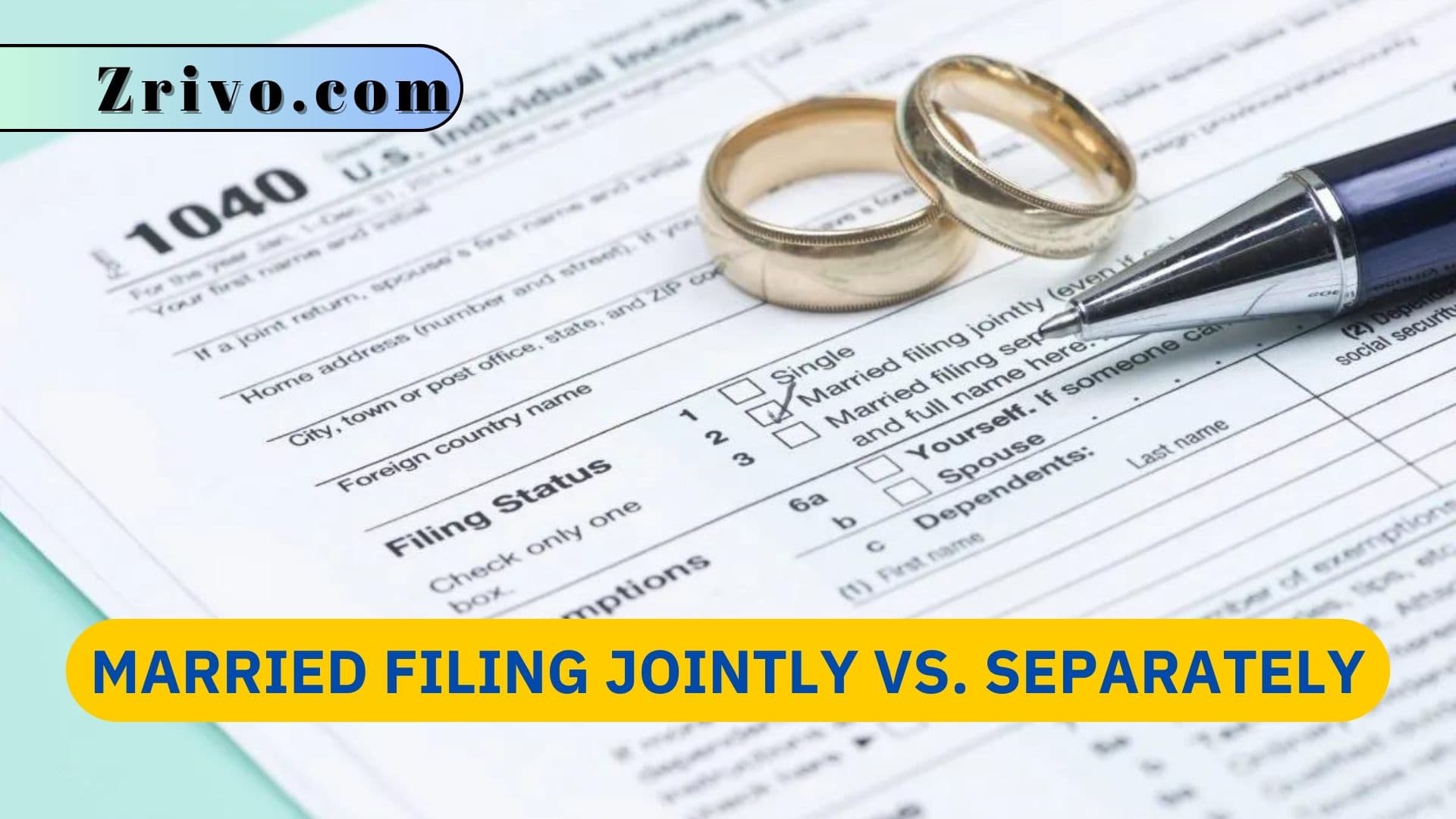Tax Extension

Need extra time to file a tax return? Consider a tax extension in 2024 to give you six more months to file a tax return. A tax extension allows taxpayers to give themselves more time to file a tax return. Whether you need to gather your tax documents to file a tax return or expecting additional tax documents, an extension can help you push the tax filing deadline.
Without a tax extension, you must pay taxes by April 15. This deadline is also the same as the tax payment deadline. If a taxpayer files a tax extension in 2024, the taxes owed still must be paid by April 15. The tax extension only gives additional time to file taxes, not make tax payments. So the taxes owed must be paid by April 15.
This puts those who file an extension in a rough situation as the taxes owed aren’t determined. In this case, the taxes owed must be estimated and paid to the IRS by April 15. This can be done when filing an extension on IRS Direct Pay which is how we recommend filing a tax return. By filing an extension on Direct Pay, you can both pay taxes and complete extension.
Before you file an extension, make sure to estimate your tax liability for 2023 so you pay taxes by April 15, 2021 and file your extension. Here is how to complete a tax extension online.
File Tax Extension Online
To pay taxes and file an extension online, you must use the IRS’ Direct Pay. On Direct Pay, you can only pay with a bank account. If you’re looking to pay taxes with a credit card or debit card, you must choose a payment processor approved by the IRS. However, these payment processors charge a processing fee that is around $2 for debit cards and 1.75% of the payment amount for debit cards.
Pay Taxes and Complete Automatic Extension
Having said that, you can pay taxes with bank account on Direct Pay to avoid processing fees. Follow the steps below to file tax extension online for the 2024 tax season. By filing a tax extension, you will have until October 15 to file your tax return.
- Go to IRS Direct Pay
- Select Reason for Payment as Extension
- Select Form 1040 and tax year as 2023
- Proceed and fill out the identity verification form
- Enter the information required on your tax extension. Before you do this, you must estimate tax liability for 2023 and pay the IRS this amount. We suggest paying a little bit more than what you’ve estimated just to be sure.
- Make your payment and keep the confirmation number.
The confirmation number you’re given after making your payment is important as you’re going to use it to track your payment status. Generally, payments made through Direct Pay reaches the IRS within three business days at maximum. Your payment is likely to be forwarded to the IRS the same day. Once everything is done, you will automatically complete your extension and have until October 15 to file a federal income tax return.
Note: The tax extension filed by following the above method only applies to federal income tax returns. For state returns, you must contact your state tax authority. Since every state has different forms and procedures, filing a tax extension for state income tax returns may be different.





